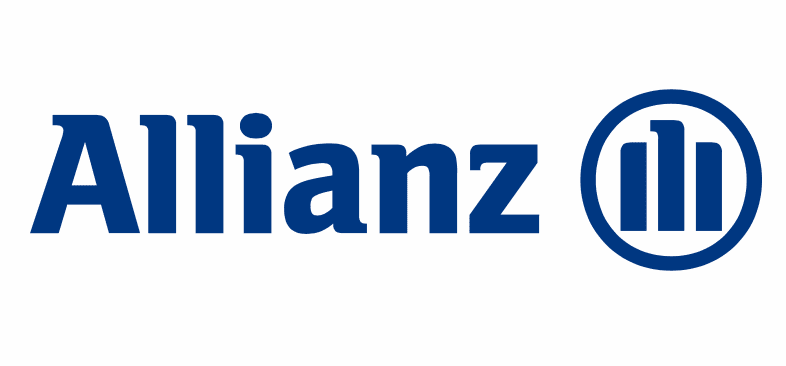Allianz reports highest nat cat ratio in a decade for Q3, as European events bite

German insurance giant Allianz has this morning reported that its Property-Casualty business segment was hit with 7.3 percentage points of natural catastrophe losses on the combined ratio for the third-quarter, which is the highest such figure in a decade.
It’s notable, as other European focused players have been experiencing elevated nat cat ratios for the last quarter, evidenced earlier today by SCOR in its reporting.
There is also a chance that changes to reinsurance market arrangements may have driven a higher retention of nat cat losses for Allianz as well, particularly on the more frequency side of things, given the hard market conditions, higher attachment points and stricter terms on reinsurance coverage in 2023.
Allianz reported a 14.6% decline in Q3 operating profit, with “an exceptional high level of claims from natural catastrophes” one of the key drivers for this.
It has, of course, been a costly period for certain parts of the world, although the reinsurance community appears to be largely under cat budgets for Q3, while those with a greater concentration of primary insurance are perhaps edging over it more frequently now.
Allianz said that its P&C insurance combined ratio rose to 96.2% for Q3, with a 3 point increase in the loss ratio to 71%, on the back of higher nat cat claims experience in the third-quarter.
Allianz’s natural catastrophe losses in the third-quarter amounted to EUR 1.284 billion, which the company said was significantly above the prior year and around 2.5% above budget.
The most significant drivers were a series of catastrophe events that affected Central Europe and Italy, the company said.
It’s further evidence of pressure in Europe, as primary carriers have been exposed to significant catastrophe and weather losses, while reinsurers have managed to avoid as much of the impacts given their restructured reinsurance arrangements.
It all goes some way to explain why some are anticipating Europe to remain firm at the next renewals at January 2024, with a chance of additional firming for some catastrophe reinsurance renewals.




